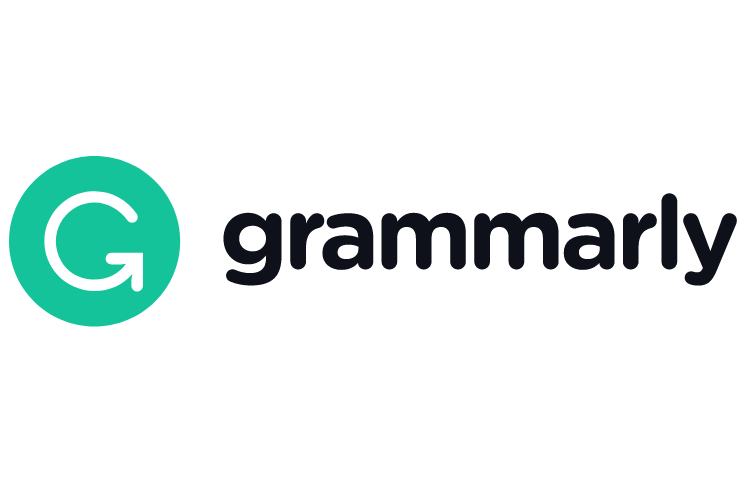Figma IPO: The Journey After The Adobe Deal Fallout

Table of Contents
Analyzing the Fallout of the Adobe Deal
Antitrust Concerns and Regulatory Scrutiny
The Adobe-Figma merger faced significant regulatory hurdles, primarily due to antitrust concerns. Several regulatory bodies, including the FTC (Federal Trade Commission) in the US and similar organizations in other countries, expressed concerns about the deal's potential to stifle competition in the collaborative design software market.
- Antitrust Laws: The merger raised concerns under antitrust laws designed to prevent monopolies and promote fair competition. These laws aim to protect consumers from potentially higher prices and reduced innovation resulting from reduced market competition.
- Market Dominance: The combined market share of Adobe and Figma would have been substantial, raising concerns about Adobe's potential dominance in the design software market, potentially leading to less choice for consumers and higher prices.
- Regulatory Bodies Involved: The FTC played a significant role in scrutinizing the merger, along with potential intervention from the European Commission and other international regulatory bodies.
- Alternative Solutions for Adobe: Following the failed acquisition, Adobe might explore alternative strategies such as accelerating its own product development to better compete with Figma or pursuing smaller, less controversial acquisitions in the design space.
The specific concerns revolved around the potential for Adobe to leverage its existing dominance in other creative software markets to unfairly suppress Figma's competitors. The regulatory bodies ultimately deemed the potential harm to competition outweighing the benefits of the merger, leading to its collapse.
Impact on Figma's Valuation and Investor Confidence
The failed acquisition undeniably impacted Figma's valuation. While the initially proposed acquisition price reflected a significant valuation, the deal's failure could lead to a reevaluation. The uncertainty created might have temporarily dampened investor confidence.
- Valuation Adjustments: The initial acquisition price served as a strong indication of Figma's potential. However, the market will now need to reassess its worth in light of the failed merger. This could result in a lower valuation initially, depending on factors like market conditions and future performance.
- Investor Confidence: While the deal's failure might have created short-term uncertainty, Figma's strong position in the market and continued growth should help rebuild investor confidence. Successful execution of its post-acquisition strategy will be crucial in reassuring investors.
- Future Funding Rounds: While the failed acquisition might impact early investor returns, Figma's strong product and market position should still attract further funding rounds, though perhaps at a revised valuation. The company's future performance will be critical in attracting future investments.
Figma's response to this setback will influence the ultimate impact on both valuation and investor confidence. Demonstrating sustained growth and continued innovation will be crucial.
Figma's Strategic Response Post-Adobe
Independent Growth Strategy and Product Development
Figma's strategic response after the failed Adobe acquisition centers on independent growth. This includes a renewed focus on product development, expansion into new markets, and strengthening its competitive advantages.
- Product Updates: Following the deal's collapse, Figma doubled down on product innovation. Expect to see new features and improvements designed to enhance user experience and further cement its position in the market. This could include enhanced collaboration features, integration with other tools, and performance improvements.
- Market Expansion: Figma is likely to target new markets or user segments, potentially focusing on areas where Adobe might have presented a less direct threat. This could involve tailored solutions for specific industries or more aggressive international expansion.
- Competitive Advantages: Figma likely focuses on strengthening its key differentiators, such as its collaborative features, ease of use, and strong developer community. This may involve investments in R&D and continued improvements in core functionalities.
By showcasing substantial and consistent product improvements and market expansion, Figma aims to demonstrate its viability as a standalone entity.
Strengthening Partnerships and Ecosystem Development
Post-Adobe, Figma's strategy is likely to involve strengthening its partnerships and further developing its plugin ecosystem.
- Strategic Partnerships: Collaborations with other software companies and platforms can provide access to new markets, technologies, and user bases. These partnerships might extend to integration with complementary tools or joint marketing efforts.
- Plugin Ecosystem: Figma's robust plugin ecosystem is a significant asset. Encouraging further development and offering better support for plugin creators will enhance the platform's functionality and appeal.
- Developer Community: Investing in its thriving developer community is vital. Providing resources, support, and incentives to developers will ensure continuous innovation and expansion of the platform’s capabilities.
A strong partnership strategy is crucial in maximizing Figma's potential as it pursues independent growth and prepares for a potential IPO.
Challenges and Opportunities on the Path to a Figma IPO
Competition in the Design Software Market
Figma operates in a competitive market, with players like Adobe XD, Sketch, and others vying for market share. Navigating this competitive landscape is crucial for a successful IPO.
- Key Competitors: Adobe XD, Sketch, and other design software platforms represent significant competition. Understanding their strengths and weaknesses is crucial for Figma’s strategy.
- Competitive Advantages: Figma needs to maintain and expand its competitive advantages, such as its collaborative features, ease of use, and strong developer community. Continued innovation and enhancement of these aspects are crucial.
- Competitive Threats: Staying ahead of the curve requires anticipating and responding to competitive threats effectively. This includes keeping pace with technological advancements and adapting to evolving market needs.
Analyzing market trends, competitor strategies, and maintaining a robust R&D department are critical to staying competitive.
Maintaining Growth and Profitability Before an IPO
Demonstrating sustainable growth and profitability is paramount before an IPO. Figma needs to show investors a clear path to financial success.
- Financial Metrics: Investors will scrutinize key financial indicators such as revenue growth, profit margins, customer acquisition costs, and customer lifetime value. Meeting or exceeding market expectations on these metrics is crucial.
- Revenue Growth Strategies: Figma needs to implement effective strategies for increasing revenue, such as expanding its user base, offering premium features, and exploring new monetization avenues.
- Path to Profitability: Demonstrating a clear path to profitability is crucial to attract investors. This involves balancing investments in growth with cost-control measures and improving operational efficiency.
A solid financial performance and a clear, convincing growth strategy are essential ingredients for a successful Figma IPO.
Conclusion
The failed Adobe acquisition presented both challenges and opportunities for Figma. While the regulatory hurdles and impact on initial valuation were significant, the company has demonstrated resilience through strategic adaptation and a focus on independent growth. The path to a Figma IPO remains a complex journey, demanding careful navigation of competition, maintaining profitability, and proving its long-term viability in a rapidly evolving market. However, with a strong product, a dedicated community, and a refined strategy, Figma’s future as a publicly traded company holds considerable potential. Stay informed on the latest developments regarding the Figma IPO and its continued impact on the design software landscape. Follow us for updates on Figma's progress and future potential.

Featured Posts
-
 A Giants Legends Unfading Influence
May 14, 2025
A Giants Legends Unfading Influence
May 14, 2025 -
 Aina And Awoniyi Lead Nottingham Forest To Victory Against Manchester City
May 14, 2025
Aina And Awoniyi Lead Nottingham Forest To Victory Against Manchester City
May 14, 2025 -
 Review Lorraine Bracco And Brenda Vaccaro Shine In Nonna
May 14, 2025
Review Lorraine Bracco And Brenda Vaccaro Shine In Nonna
May 14, 2025 -
 Predicting Snow Whites Rotten Tomatoes Score A Data Driven Approach Using Disney Live Action Remakes
May 14, 2025
Predicting Snow Whites Rotten Tomatoes Score A Data Driven Approach Using Disney Live Action Remakes
May 14, 2025 -
 The Judd Sisters An Intimate Look At Family Life In A New Documentary
May 14, 2025
The Judd Sisters An Intimate Look At Family Life In A New Documentary
May 14, 2025
